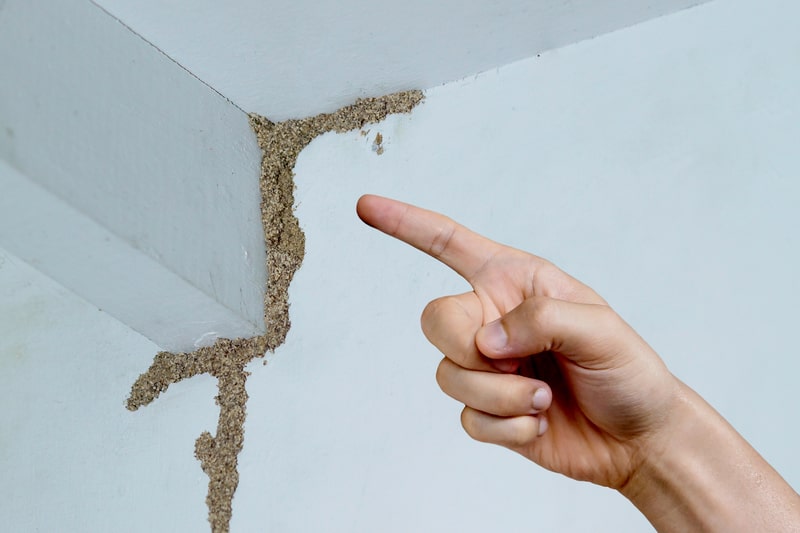Packing for a move can be one of the most time-consuming and stressful parts of the relocation process. Whether you are moving across town or across the country, packing efficiently can make all the difference in ensuring a smooth transition. Many people make common mistakes such as overpacking boxes, using the wrong materials, or failing to organize their belongings properly. However, professional movers and packing experts have developed strategies to make the process easier and more effective. By following expert packing tips, you can protect your belongings, save time, and reduce stress during your move.
Start with a Packing Plan
One of the biggest mistakes people make is waiting until the last minute to start packing. Without a clear plan, you may end up rushing and packing items haphazardly, increasing the risk of damage. To avoid this, start packing at least a few weeks before your move. Create a packing checklist that outlines what needs to be packed, when to pack each room, and which items should be packed together.
Begin with items you use the least, such as seasonal decorations, books, or extra kitchenware. As moving day approaches, gradually pack everyday essentials, leaving out only what you need for the final days in your home. Having a plan in place will help keep you organized and ensure nothing is overlooked.
Gather Quality Packing Supplies
Using the right packing materials is essential for keeping your belongings safe during transit. Many people try to cut costs by using old boxes or weak tape, but investing in quality supplies can prevent damage and make moving easier with a moving company in Dallas. Some essential packing materials include sturdy boxes in various sizes, packing tape, bubble wrap, packing paper, and furniture covers.
For fragile items, consider using specialty boxes, such as dish pack boxes for glassware and wardrobe boxes for clothing. If you are packing valuable or breakable items, reinforce the bottom of boxes with extra tape and add padding inside to prevent shifting. Having the right supplies on hand will make the packing process more efficient and protect your belongings during transport.
Declutter Before Packing
Packing unnecessary or unwanted items can add extra weight, take up space, and increase moving costs. Before you start packing, go through your belongings and decide what you really need to take with you. Set aside items that you no longer use, and consider donating, selling, or recycling them.
Decluttering before your move will not only save you time and effort but also make unpacking easier in your new home. Take this opportunity to downsize and start fresh with only the essentials.
Use Proper Packing Techniques
How you pack your items can make a big difference in ensuring their safety during the move. Professional movers recommend using a systematic approach to packing each type of item properly.
For fragile items, wrap each piece individually with bubble wrap or packing paper. Place heavier items at the bottom of the box and lighter items on top. Fill empty spaces with crumpled paper or foam to prevent items from shifting. Label boxes containing fragile items as “fragile” and indicate which side should be kept upright.
When packing clothing, use wardrobe boxes to keep clothes on hangers, or fold them neatly into suitcases to save space. For shoes, pack them in their original boxes or place them in plastic bags to protect them from dirt.
To pack electronics safely, use their original boxes if possible. Otherwise, wrap screens and sensitive parts in bubble wrap and place them in a well-padded box. Take pictures of the wiring setup before disconnecting devices to make reassembly easier.
Label and Organize Boxes
A well-organized packing system will save you time and frustration when unpacking in your new home. Label each box clearly with its contents and the room it belongs to. Use color-coded labels or numbering systems to keep track of different rooms.
For example, assign a specific color for each room, such as blue for the kitchen, red for the living room, and green for bedrooms. This system will help movers or family members know exactly where to place each box, making the unpacking process more efficient.
Consider making an inventory list of the contents of each box, especially for valuable or essential items. This will help you keep track of your belongings and ensure nothing gets lost during the move.
Pack an Essentials Box
One of the most common packing mistakes is failing to set aside essential items for immediate use. Once you arrive at your new home, you may not have the time or energy to unpack everything right away.
Prepare a box with essential items such as toiletries, medications, phone chargers, a change of clothes, basic kitchen supplies, important documents, and snacks. Keep this box easily accessible so you can find what you need without rummaging through multiple boxes.
Disassemble Large Furniture and Appliances
Moving bulky furniture and appliances can be challenging, but disassembling them beforehand can make transportation easier and prevent damage. Remove legs from tables, take apart bed frames, and detach shelves from cabinets. Keep screws, bolts, and small hardware in labeled plastic bags and tape them to the corresponding furniture piece.
For appliances, empty and clean them thoroughly before moving. Secure cords with zip ties and tape them to the appliance to avoid tangling. If possible, consult the manufacturer’s manual for specific moving instructions.
Avoid Overpacking Boxes
Overloading boxes can make them difficult to carry and increase the risk of breakage. A common rule of thumb is to keep each box under 50 pounds. Use smaller boxes for heavy items such as books and kitchenware, while larger boxes should be reserved for lighter items like bedding and pillows.
If a box feels too heavy, redistribute the items into multiple boxes to ensure easy lifting and transport. Proper weight distribution will prevent injuries and make the moving process more manageable.
Conclusion
Packing like a pro requires planning, organization, and the right materials to ensure a smooth and stress-free move. By starting early, decluttering, and using proper packing techniques, you can protect your belongings and make unpacking easier in your new home. Labeling boxes, packing an essentials bag, and disassembling furniture will also contribute to an efficient and hassle-free moving experience. With these expert tips, you can confidently prepare for your move and transition into your new space with ease.




